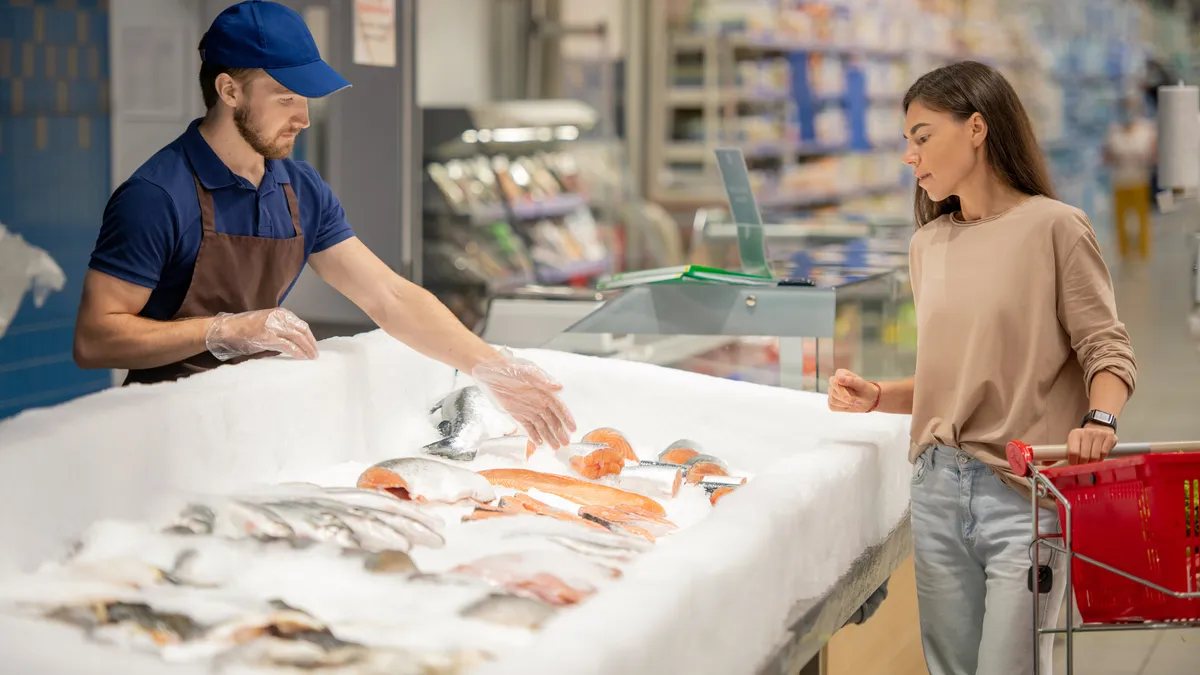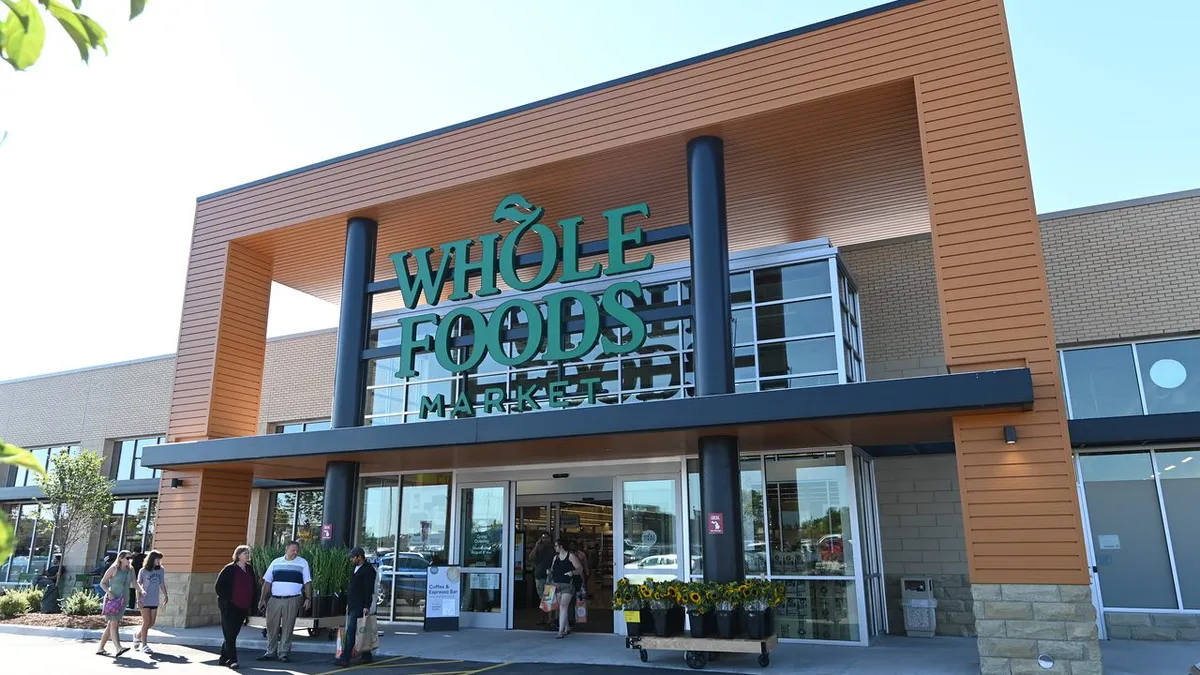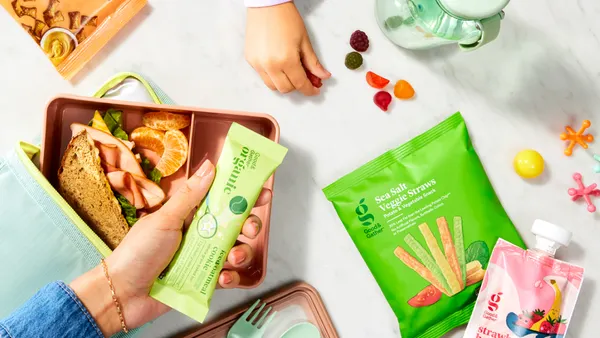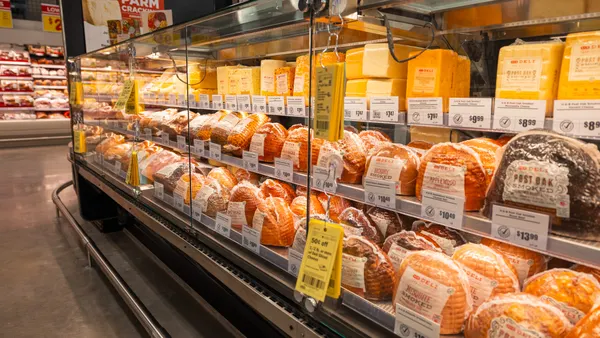Grocers know that seafood is a growth opportunity– after all, the number of frequent seafood customers has increased to 32% of consumers in the last five years. What’s more, customers who buy seafood also shop more often and have bigger baskets.
By continuing to make seafood accessible, grocers can build an even bigger base of seafood buyers. One way to do that is by educating consumers on how easy and convenient seafood is to incorporate into meals– especially from frozen.
Many grocery customers are already familiar with the benefits of seafood, especially wild Alaska seafood, which is known for its quality, freshness, nutrition, and taste. However, they may not be as familiar–or as comfortable–with the options that frozen wild Alaska seafood offers.
Fresh new technologies change the reality of frozen seafood
For a long time, people believed that frozen seafood did not have the same quality as fresh seafood. “That’s simply not the case, especially regarding wild fish,” said John Burrows, Seafood Technical Director at the Alaska Seafood Marketing Institute.
Alaska seafood is known for its fresh taste and quality. But even the majority of Alaska fish is frozen, Burrows explained. With the Alaska fishing grounds so far from the final markets where the seafood will be served, freezing is critical– and even more effective today.
“Freezing technology today is advanced and occurs as soon as possible after capture to help lock in the nutrients inherent in the catch. The same fish transported fresh would have quality reduction,” Burrows said. The modern flash-freezing technology reduces spoilage, decreases the “fishy” taste, and locks in the nutrition, flavor and texture consumers crave.
Reaping the benefits of frozen Alaska seafood
Consumers can enjoy multiple advantages when they select frozen seafood.
-
Convenience. Consumers don’t have to cook seafood within days of the purchase. Instead, they can keep the seafood in its frozen state and prepare a delicious seafood meal on their schedule. This also allows for bulk purchases, which can be more economical, Burrows added.
-
Consistent high quality. The flash freezing technology seals the taste, texture, and nutrition consumers expect when they make their purchase.
-
Reduction of food waste. Consumers only need to thaw and cook as needed.
-
Variety. Frozen seafood means year-round availability for many products. Consumers don’t have to wait until a type of fish or seafood is “in season” to enjoy it.
-
Easy to fix from frozen. Most species can be cooked directly from frozen in minutes. “Good seafood actually needs so little time and effort to be delicious,” Burrow said.
Just as consumers enjoy the advantages of buying and preparing frozen seafood, grocers recognize the benefits of promoting it. “They are able to offer higher quality and increased variety of wild-caught seafood by using frozen,” Burrows said.
Frozen fish also has an extended shelf life. “Fresh fish generally needs to be consumed in a few days, even when refrigerated,” Burrows said. “Whereas frozen products can be used for months or even years.” That aspect makes logistics simpler, he added.
Additionally, ASMI data shows that when retailers promote frozen Wild Alaska seafood, they see an average of a 40% sales lift.
How grocers can help consumers take the frozen seafood plunge
Grocers can promote frozen wild Alaska seafood in numerous ways. Rick Stein, vice president of fresh foods at FMI Research, suggested the following strategies:
- Grocers can partner with registered dietitians and educate shoppers on preparing cost-effective, nutritious seafood
- Suggest buying and preparing different types of seafood
- Help consumers learn how buying frozen can contribute to reduced food waste
- Highlight the health benefits seafood offers
Research by Circana suggested that consumers were motivated to purchase frozen seafood by the terms “wild, natural and sustainable” and wild-caught/wild.” Grocers might highlight those terms in promotions, along with price, which was another significant motivator.
The research also found that 25 to 39-year-olds were most likely to purchase frozen fish, especially for lunch and dinner. With that in mind, grocers could promote frozen fish as part of a quick, easy-to-prepare, and healthy meal.
With many types of frozen seafood available most of the year, grocers can create specials or themes, including global options, based on specific seafood.
Cooking demos that pair frozen seafood with ready-made sauces and seasonings are a great way to show shoppers how quick and easy it is to cook from frozen. Online videos on social channels can also help demonstrate proper thawing techniques. ASMI partners with Chefs USA and various retailers to host in-store demos and tastings, which have proven highly effective—recent recaps from Chefs USA show a 30–50% sales lift per event.
Consumers really engage with the chefs and grab the recipe ideas as well as the paired seasonings to go with the fish, so the basket ring is positively affected.
The best way to get started preparing frozen fish is to leap right in.
Here are tasty ideas:
- How to Air Fry Frozen Wild Alaska Salmon
- How to Pan Sear Frozen Wild Alaska Cod
- How to Roast Frozen Wild Alaska Pollock
For more information on ways to prepare frozen seafood, explore the Cook It Frozen® page at www.alaskaseafood.org.










